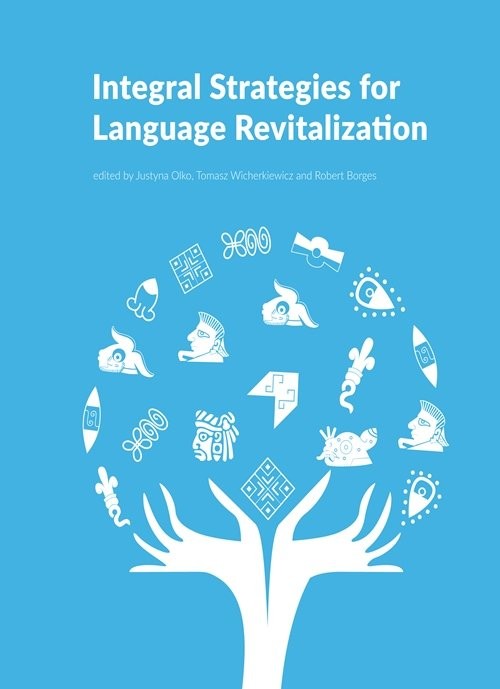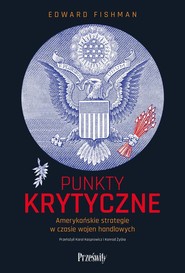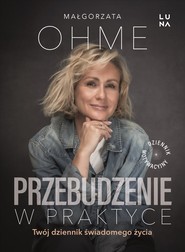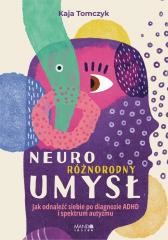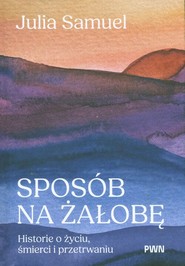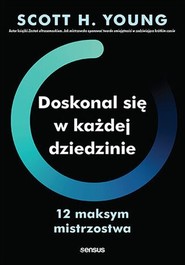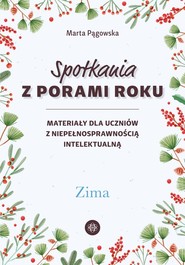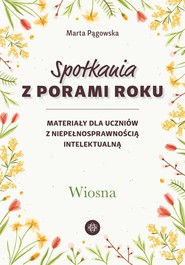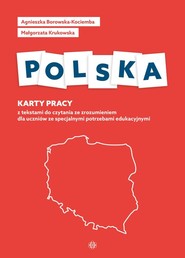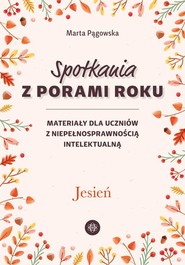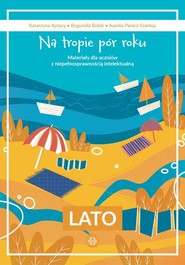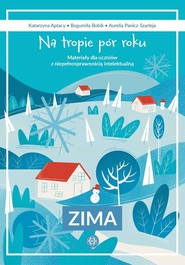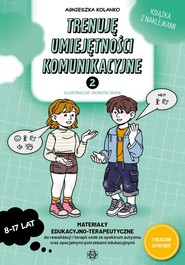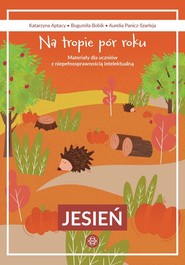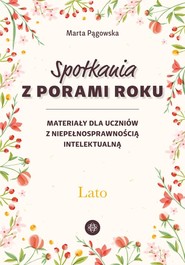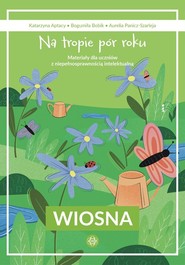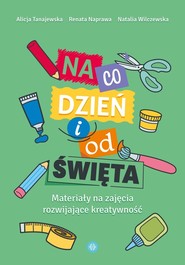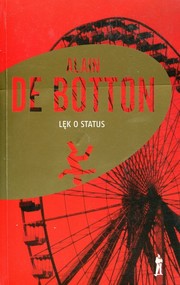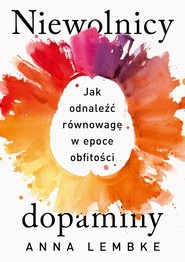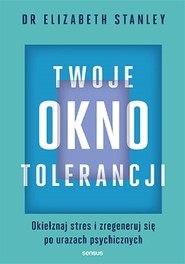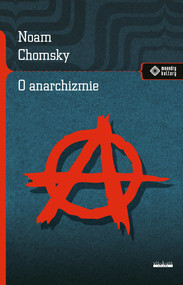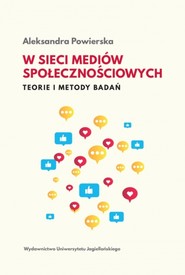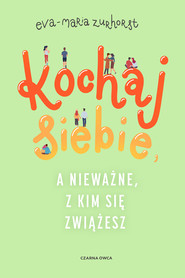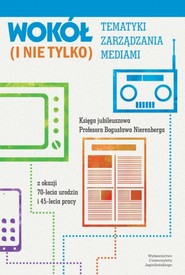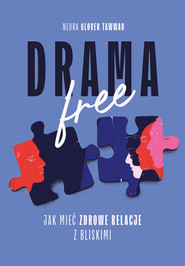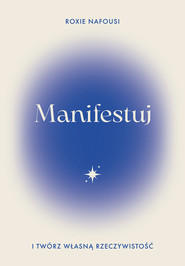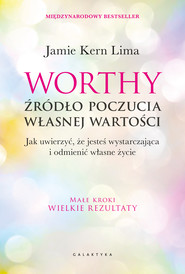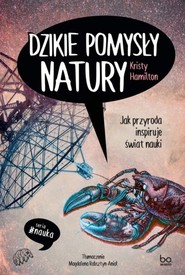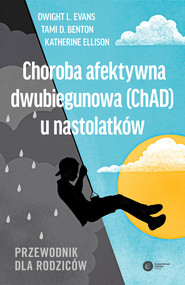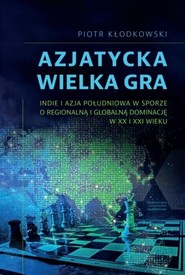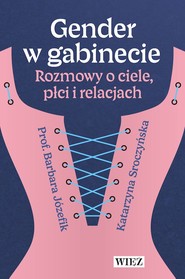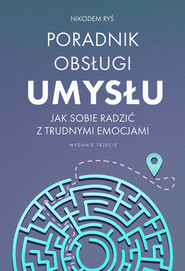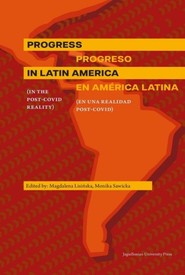Opis treści
“Languages have stopped being used and have been formed and transformed all along in human history, but this relatively slow and usual process has greatly accelerated within the last decades, leading to the modern «Great Dying». [...] These processes, without a doubt, constitute one of the biggest societal challenges of the modern world, yet their global impact is underestimated. A new agenda and complex tools to prevent that reduction of linguistic assets of humankind are desperately needed, peculiarly in case of the weakest and most imperiled language communities. The understanding of the crucial factors behind these processes and possibilities of their reversal is a special responsibility of researchers, language activists and community members, shared by many authors of this book. While some of these processes are unfortunately irreversible, numerous endangered languages can be saved and safely maintained well into the future.
[...] By discussing and comparing various aspects of language vitality, endangerment, maintenance and revitalization – in both diachronic and synchronic perspective – the editors hope to provide a representative overview of language constellations and strategies (to be) applied. The case studies focus on both intra- and extralinguistic aspects of revitalization, but what connects them all is the coherence between languages and their communities”.
(from Introduction by Justyna Olko, Tomasz Wicherkiewicz and Robert Borges)


